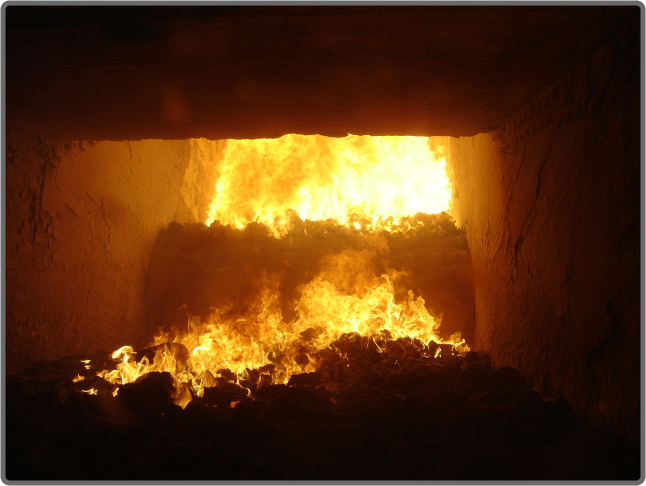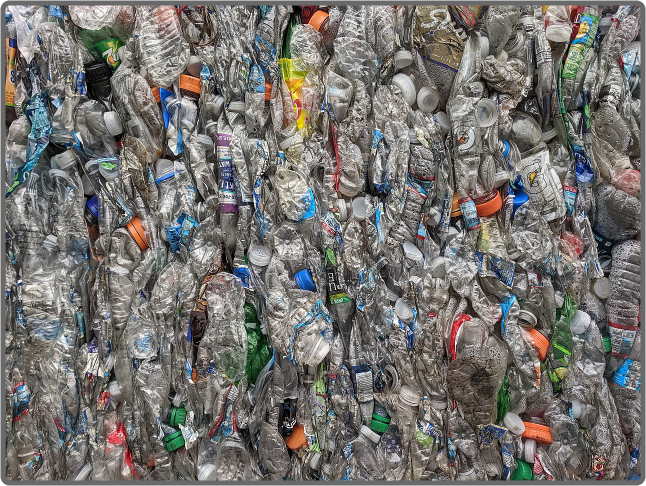Polymers are useful but difficult to dispose of
Synthetic polymers are highly valued for their numerous benefits and wide range of uses. However, a significant challenge associated with them is that many are non-biodegradable, meaning they do not naturally break down over time.
Polyalkenes:
- These polymers are chemically inert and non-biodegradable because they are composed of long-chain, saturated alkane molecules containing strong, non-polar C-H and C-C bonds.
- These bonds do not readily react with other substances in the natural environment, making polyalkenes resistant to breakdown.
Polyesters and polyamides:
- These polymers have polar bonds within their chains, such as ester links (-COO-) in polyesters and amide links (-CONH-) in polyamides, which can undergo hydrolysis.
- Hydrolysis is a process that breaks down the polymer chains, making these polymers biodegradable, although the process is very slow.
- Under acidic or alkaline conditions, the amide links in polyamides can be hydrolysed, breaking the polymer chain into the original dicarboxylic acid and diamine monomers.
- Similarly, the ester links in polyesters can be hydrolysed under acidic or alkaline conditions, breaking the polymer chain into the original dicarboxylic acid and diol monomers.
Disposal of Polymers
This lesson covers:
- Why many synthetic polymers are non-biodegradable
- Options for disposing of waste plastics
- The advantages and disadvantages of each disposal method
Dealing with the accumulation of waste plastics
Plastic waste is a major environmental issue with over two million tonnes produced yearly in the UK alone. The non-biodegradable nature of most plastics, due to their chemically inert structure, exacerbates this issue.
There are several approaches to dealing with plastic waste:
- Landfill
- Incineration
- Recycling
Landfill burial
Landfill bural, a common disposal method, involves burying plastic waste alongside other types of rubbish. However, this method is unsustainable due to the finite capacity of landfill sites.
| Advantages | Disadvantages |
|---|---|
| 1. Relatively inexpensive and straightforward method of disposing of plastic waste | 1. Can emit methane, a potent greenhouse gas, as waste decomposes, contributing to climate change |
| 2. Less need for prior sorting or separation of plastic waste compared to other methods | 2. Degradation of plastics can release harmful chemicals into the soil and groundwater over time |
| 3. Requires large areas of land, which could otherwise be used for other purposes such as agriculture, housing, or natural habitats |
Incineration
Incinerating waste plastics in specialised facilities can generate useful heat or electricity.

| Advantages | Disadvantages |
|---|---|
| 1. Recovers energy from waste plastics, reducing reliance on fossil fuels | 1. Generates toxic waste products, such as HCl, which require costly removal processes to prevent environmental damage |
| 2. Substantially reduces the volume of plastic waste, minimising landfill requirements | 2. Releases greenhouse gases, primarily CO2, contributing to climate change |
| 3. Incineration is an energy intensive process, partly offsetting the energy recovered |
Recycling
Recycling waste plastics can be achieved through two main approaches:
- Mechanical recycling - This involves sorting, cleaning, and remoulding waste plastics into new objects without significantly altering the chemical structure of the polymer.
- Feedstock recycling - This process breaks down polymers into their constituent monomers through cracking. These monomers can then be used as raw materials for the synthesis of new plastics and other organic chemicals.

| Advantages | Disadvantages |
|---|---|
| 1. Conserves valuable crude oil resources by reducing the need for raw materials | 1. Requires complex and costly multi-step processes for sorting, cleaning, and reprocessing waste plastics |
| 2. Typically results in lower CO2 emissions compared to incineration and production from raw materials | 2. Contamination from additives, dyes, or other polymers can compromise the quality and performance of recycled products |
| 3. Can be more economical than producing new polymers, especially when oil prices are high | 3. Recycled plastics may have limited applications due to reduced mechanical properties and potential contamination issues |
| 4. Reduces the amount of waste sent to landfills |